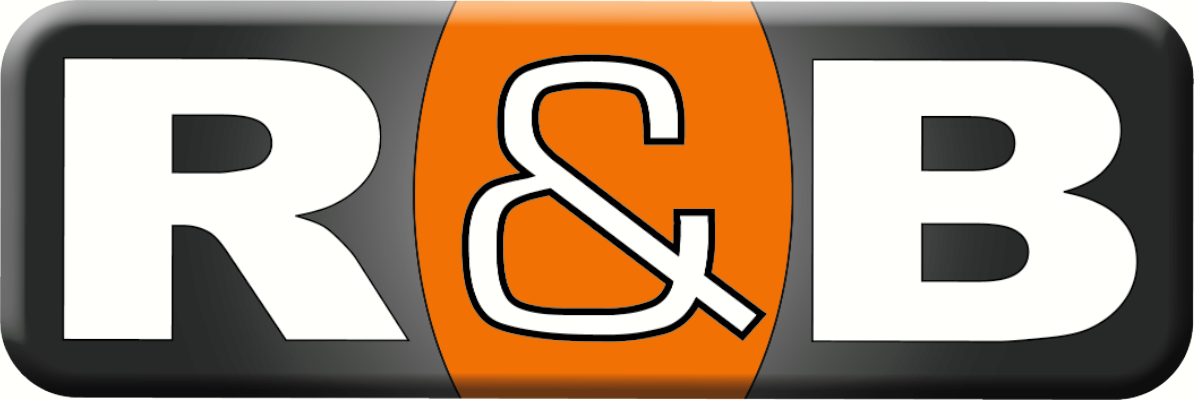Home Insurance: What Doesn’t it Cover?
This is the time of year when our home insurance comes due and like many people, I have to force myself to be interested enough to read the coverage. So many things are bundled, and have different deductibles and coverage that the list becomes quite lengthy. If you are like me, you gloss over it all, and with fingers crossed, write the cheque for another year.
This year I decided to have a diligent look. Within our policy I found that leaks from our water or sewer were covered to the limit of the policy, but the next line was for back-ups from water or sewer. These were only covered to a limit of $10,000.
$10,000 may sound like a lot, but realistically that would be a more appropriate coverage for a water leak than a sewer back-up. And after you deduct the $1000 deductible the $9000 the insurance company will provide actually won’t go that far.
What does it cost for new carpet and underlay? A new sub-floor? New furniture? When you have a sewer or storm sewer back-up, the base boards, the walls and everything else gets wet. I wondered why, if the cost of the claim is known to be high, why is the coverage so limited?
I asked insurance expert Torrey Clarke of Torrey Clarke Insurance for her advice and experience in this area.
Q: Is it typical for homeowners’ policies to limit the amount of coverage for sewer back-up?
“It’s becoming more common. They used to roll that coverage into water damage and now they are or are starting to separate it out so you have to pay extra to get better coverage.”
Q: When do you recommend that customers increase home insurance coverage in this area?
“I always recommend getting all that you can just because there are so many different ways that they can allocate the coverage. For example, if you have a flood they will have to investigate to determine where the water came from. If they allocate it to a water source that you don’t have full coverage for then you’re claim is limited.
Some companies will get you to fill out a separate applicant form for additional coverage depending on what type of drainage you have or how close you live to a risk like a river that may overflow.”
Q: What does it usually cost per dollar value of coverage for this increase?
“The cost per dollar of insured value is different based on age of the house, protection, proximity to risk. Other factors that affect premiums are if the home has a flood stopper system and whether or not it is monitored by alarms. On average, given a replacement value of $500,000 the extra premiums could add $300 – $400 for an average house with no extenuation of circumstance.”
Q: What other areas that relate to plumbing and heating would you recommend insurance for?
“Overland water coverage – all things water. Your insurance broker can help you decide if it makes sense or not. You can also get coverage for equipment breakdown, pool pumps and boiler breakdown where it causes damages.
Home heating system insurance against breakdown and catastrophic failure can be purchased but you must ask for it. It should also be noted that claims need to be for a sudden and accidental type of incident. Reason for the breakdown must be not life span coming to the end. If it has been well maintained and looked after and suddenly something happens and it needs to be replaced it could be covered. Cracked heat exchanger is a common claim type.
For $100K coverage Chubb charges around $150 – $200 / year. This covers any type of equipment like hard wired sound equipment damaged from electrical surge. The problem is that it’s not available on most policies. Higher value plans / options have it available however they have higher rates in general.”
Q: Are there ways to get these extras but save in other places?
“Absolutely. A way to save is to have the water sensors put in. There are also discounts for sump pump alarms, and further discounts if a service monitors them.”‘
Q: How about improving your claims experience? Lack of a claim results in lower rates, does it not?
“Yes. Making sure things are being inspected and appliances are being checked – water to fridge, hoses are metal braided, not rubber, and regular maintenance will prevent claims. If you are a new customer, insurance companies will often come in and do an appraisal inspection and “strongly’ recommend certain items. Common ones include dryer vents that need to be metal, or of non-combustible material.”
To recap then, it’s always a good idea to buy extra insurance for sewer back-ups and often for many other water related losses as well. However, there are also ways to improve the cost to you. For a quote on a flood stopper system for your home, or the replacement of general wear items for your plumbing, give our office a call at 604-980-1369.

